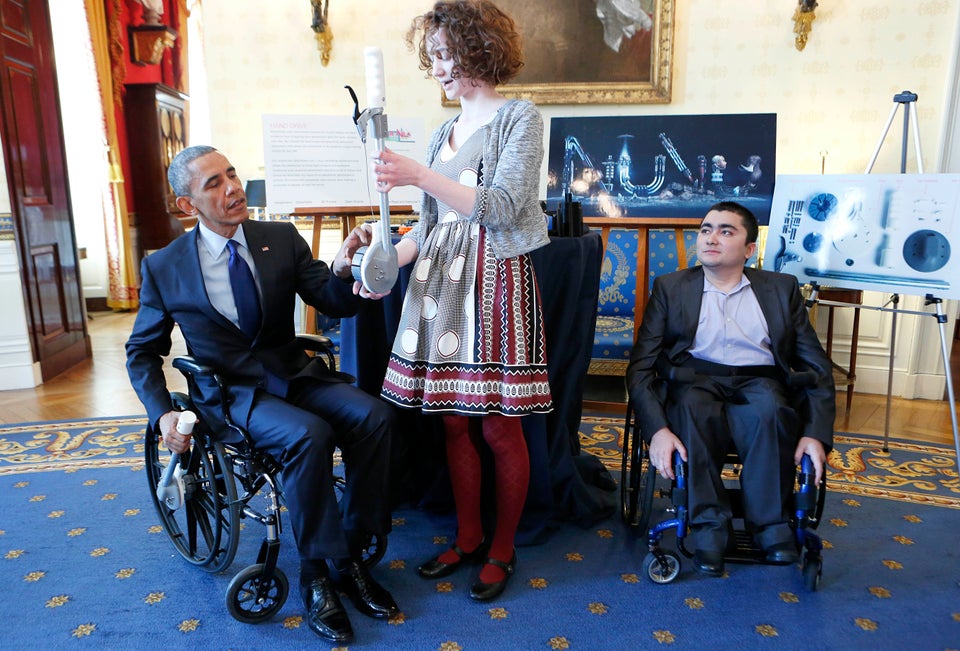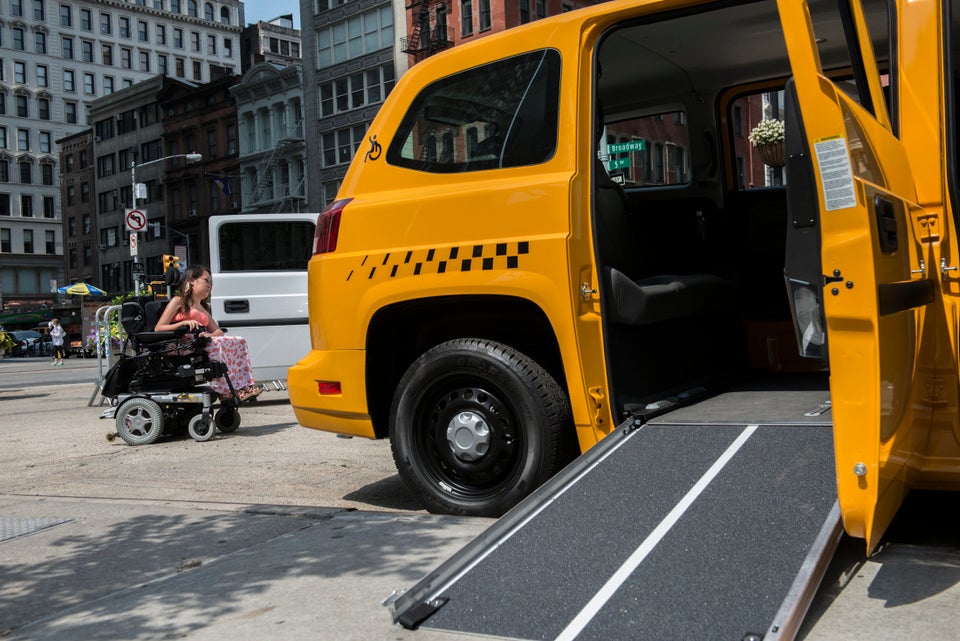
WASHINGTON -- Communities can fall apart when too many people collect Social Security Disability Insurance, leading to "social plagues" like heroin addiction, Sen. Tom Cotton (R-Ark.) said Monday.
In a speech at the conservative Heritage Foundation, Cotton noted a correlation between a decline in population and an increase in the number of people collecting disability benefits in several Appalachian counties.
"It’s hard to say what came first or caused the other: population decline or increased disability usage -- or maybe economic stagnation caused both," Cotton said. Either way, he said, there seems to be a "disability tipping point," beyond which passively receiving benefits becomes a way of life and enterprise withers.
"Population continues to fall, and a downward spiral kicks in, driving once-thriving communities into further decline," Cotton said. "Not only that, but once this kind of spiral begins, communities could begin to suffer other social plagues as well, such as heroin or meth addiction and associated crime."
Cotton said he planned to introduce legislation that would try to get more disability recipients back to work. Part of his proposal sounds similar to a pilot project Congress approved last month in a two-year budget deal. The project will test letting some disability beneficiaries earn money from work while gradually reducing their benefits instead of abruptly kicking them off.
Paul Van de Water, a disability expert with the Center on Budget and Policy Priorities, said he thinks Cotton was on sounder footing when he wondered aloud if economic stagnation leads to population decline and increased disability usage, rather than the other way around.
"There's a good case to be made that Tom Cotton has the causality exactly backwards," Van de Water said.
The Center on Budget, a liberal D.C. think tank, has explored other demographic characteristics correlated with higher rates of disability receipt. The strongest correlation is education: States and counties with lower levels of educational attainment have more people on disability.
Also on HuffPost:

Ohio "dramatically" increased the number of individuals and resources committed to serving the disability community and cut the number of people being served in large institutions by more than half, according to the 2015 Case for Inclusion report. It rose from No. 48 in 2007, to No. 10 in 2015.

The report found that improving conditions for people with disabilities doesn't necessarily require enormous wealth. South Carolina was the 44th poorest state, based on median income, yet it was No. 9 in terms of quality of life for people with disabilities.

Washington, D.C. is one of 14 states that reported having no state institutions that seclude people with intellectual or developmental disabilities.

Minnesota is among 14 states that offers support services to a large number of families caring for a relative with disabilities. Such programs allow families to stay together and enable people with disabilities to live in a community setting, according to the 2015 Case for Inclusion report.

Colorado is one of eight states that are top performers in the “home-like setting standard" category. That means that 80 percent of people with disabilities live in their own home, a family home, or group setting that has fewer than four residents.

Hawaii is one of 10 states where at least 10 percent of people with disabilities use self-directed services, according to the 2015 Case for Inclusion report. That means they have more control, and are more involved in decision-making matters, when it comes to their Medicaid services.

Since 1960, 220 state institutions have closed. By next year, 16 more are expected to be shuttered, which include two in New York. Activists often argue that such large institutions segregate people with disabilities from society and also aren't cost efficient, Amber Smock wrote in a blog post for American Association of People with Disabilities.

Missouri jumped from No. 41 in 2007 to No. 3 this year by increasing the amount of resources allocated to people with disabilities and closing six state institutions, among other noteworthy improvements.

Maryland is one of just eight states where at least 33 percent of people with intellectual or developmental disabilities are working in competitive employment. That’s down from 10 states last year, according to the 2015 Case of Inclusion report.

While Arizona ranked No. 1 overall, the 2015 Case for Inclusion report called on the state to still work toward making the state even more accessible for people with disabilities by promoting productivity, a category it came in at No. 41.
